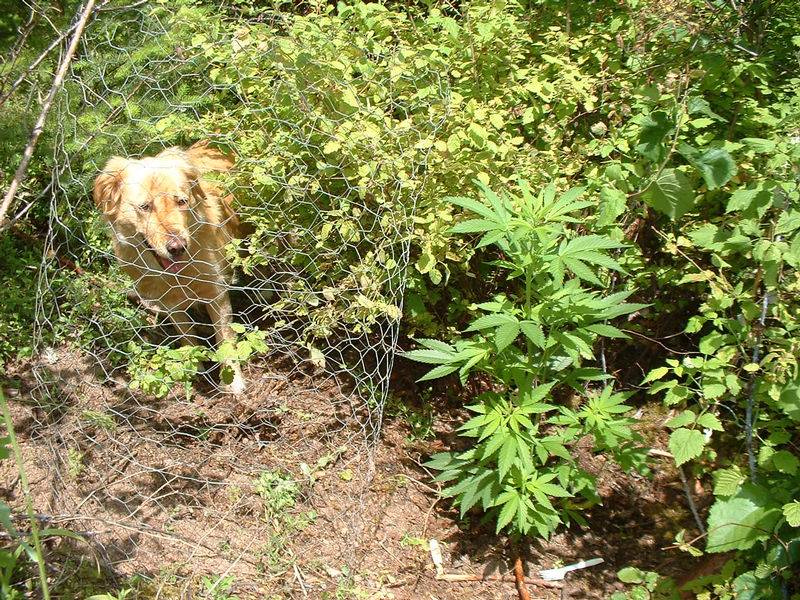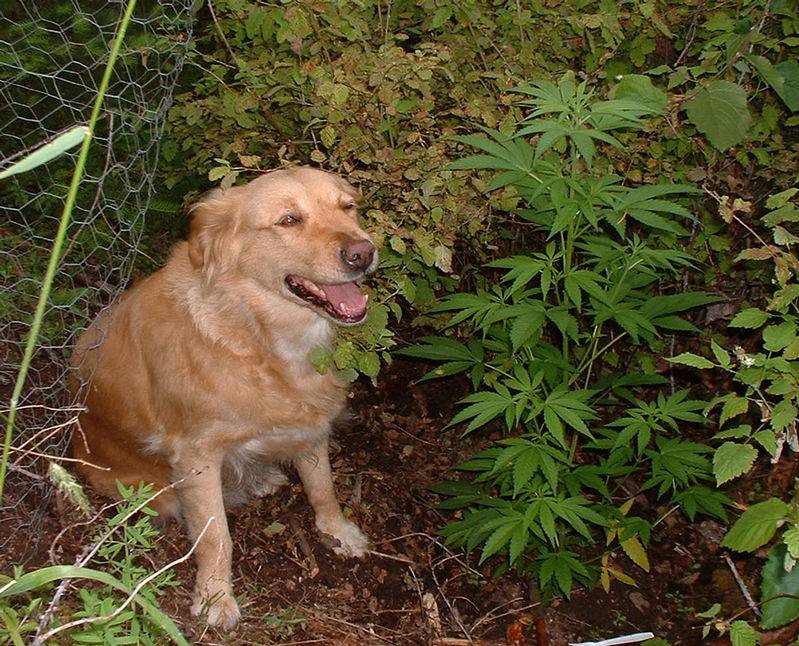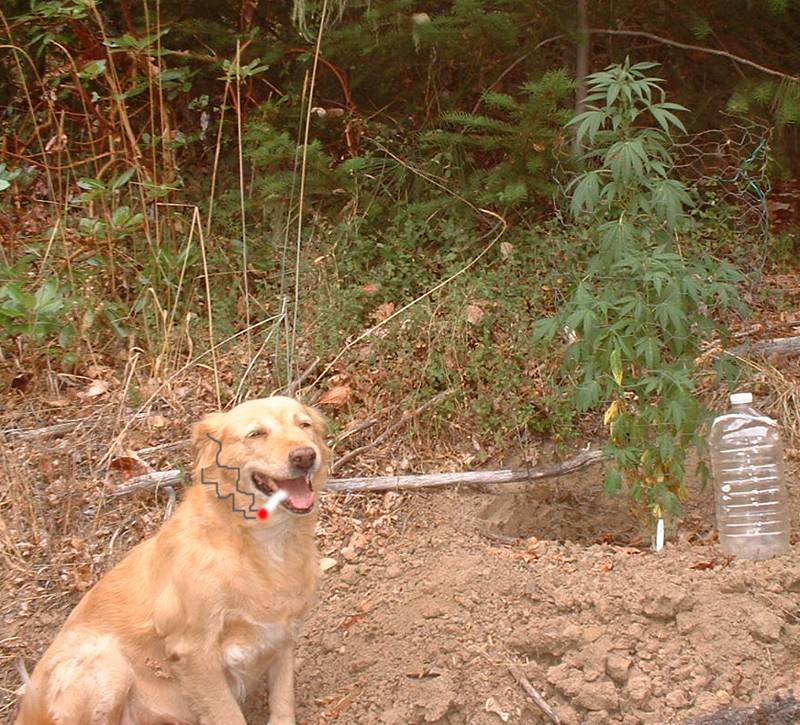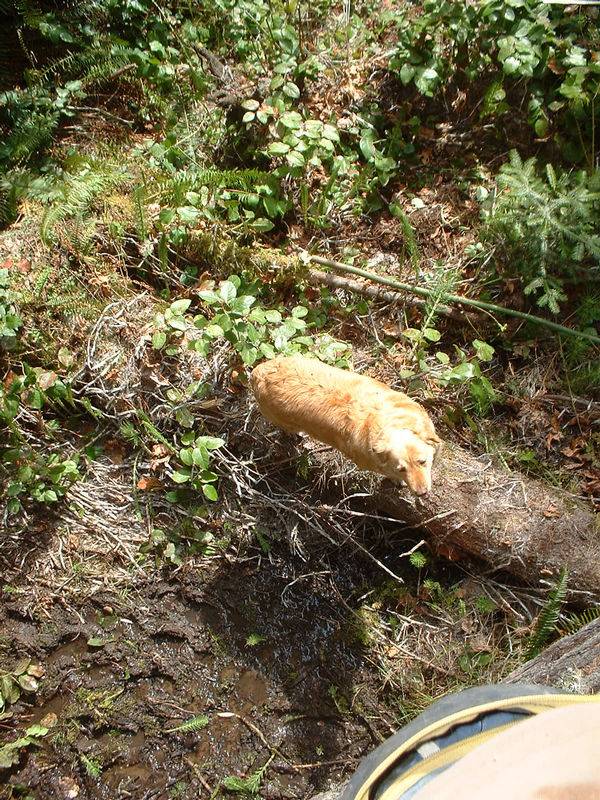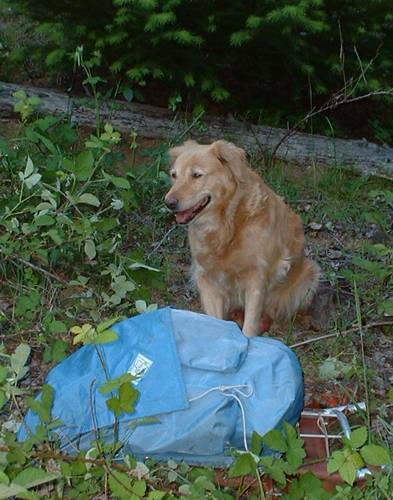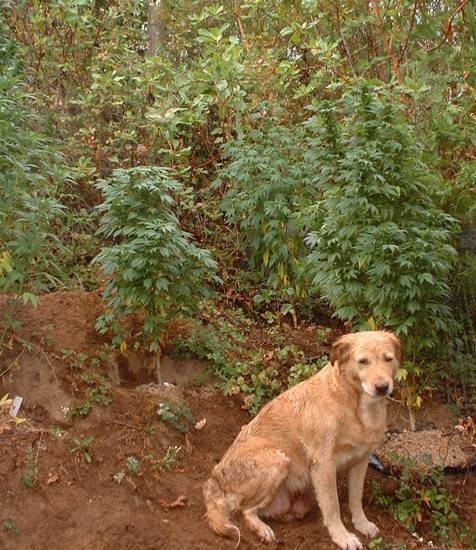Again I've looked for a US supplier of the full sized Tropf Blumat, there are several US suppliers of the smaller junior version, but those are for smaller indoor applications.
I'd love to try these things, they would be easier to install than a Earth hole, but they do have the downfall of being cloggable, where the Earth hole can't get clogged. Making sure the water supply is clean would be necessary.
I'd love to try these things, they would be easier to install than a Earth hole, but they do have the downfall of being cloggable, where the Earth hole can't get clogged. Making sure the water supply is clean would be necessary.


